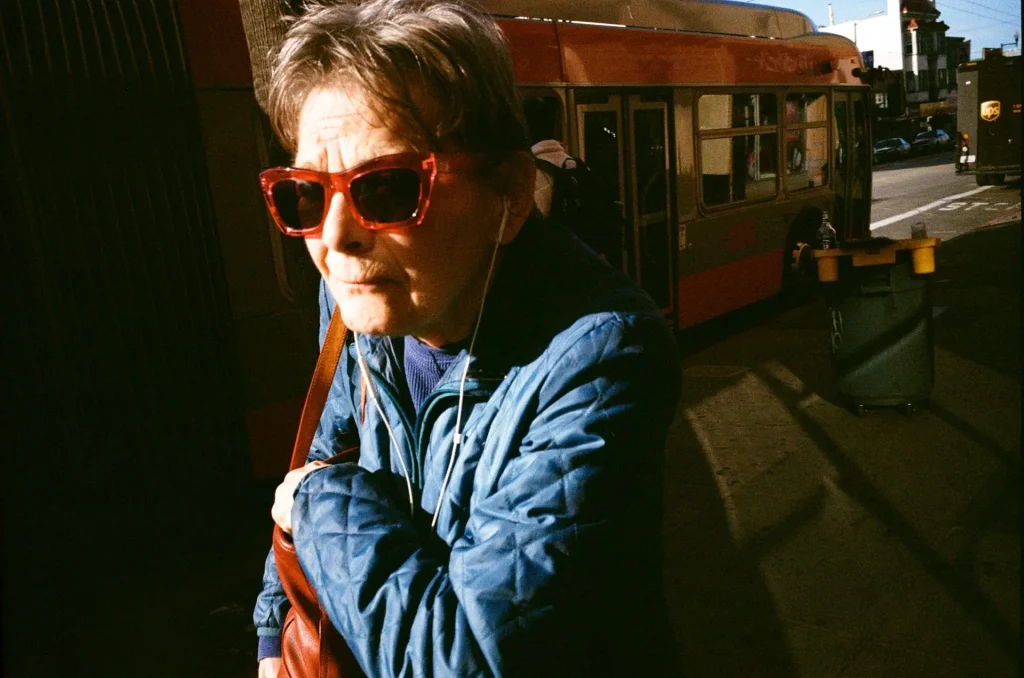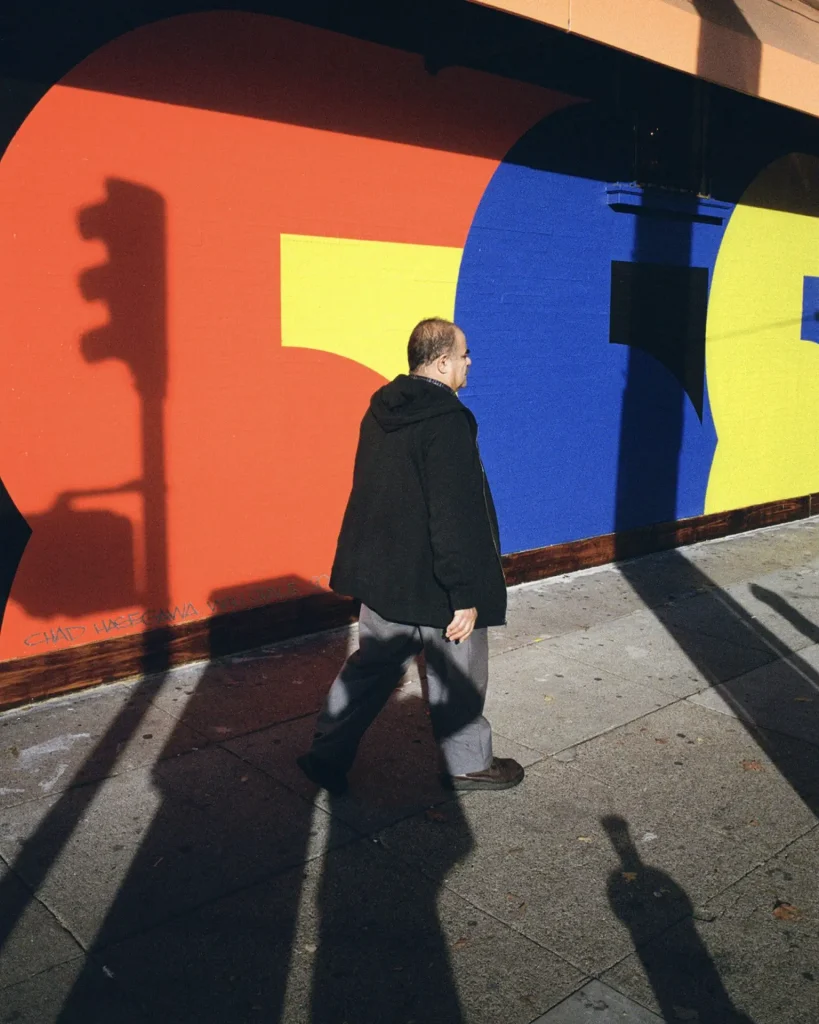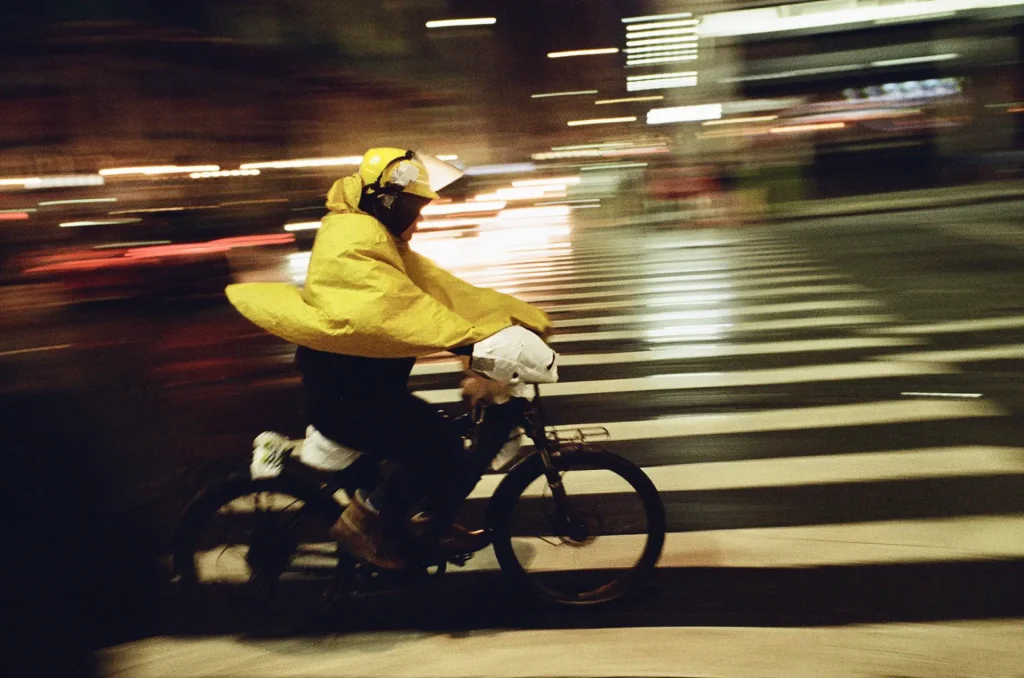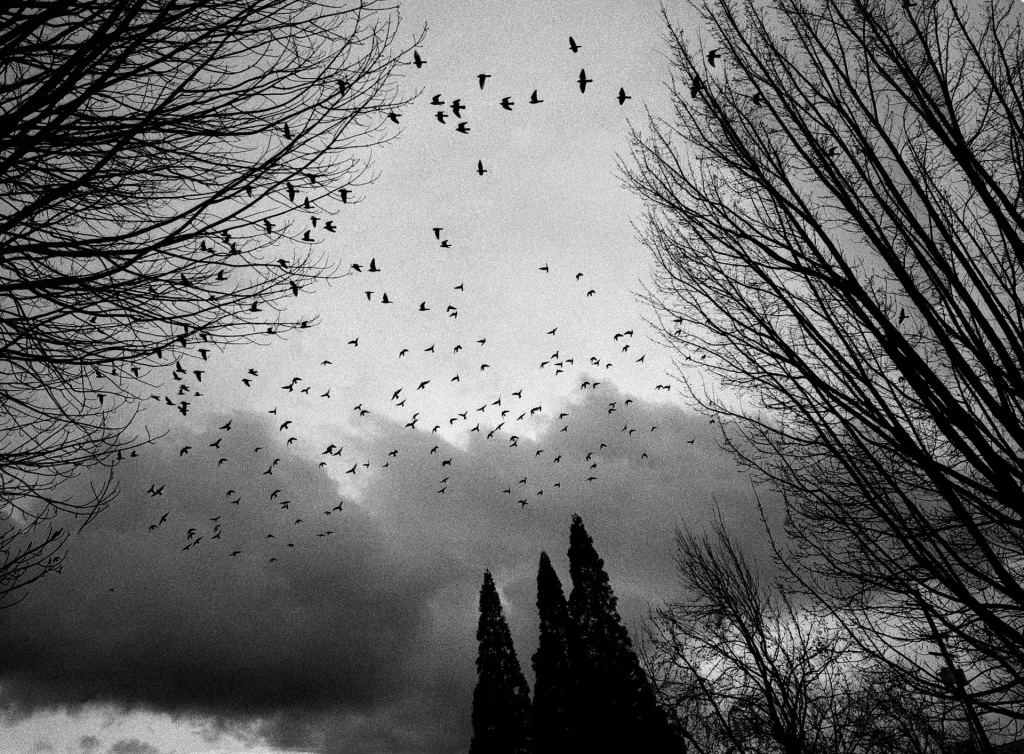I re-discovered the 28mm focal length at 28 years of age, and it all seemed to fall in place. It was a strange sensation — analogous to a child opening a lock for the first time — but somehow familiar.
I’ve always worn glasses, and have carried a camera around my neck for most days for the last five years. Over the years my field of view has tried to widen itself and the framelines have insisted on the contrary. Wearing glasses increases the distance between the eye and the viewfinder, effectively reducing the visible area. My Leica M6 has 28mm framelines but I was never able to see edge to edge without contact lenses, which is exhausting.
After trying to make half decent pictures with the 28mm Elmarit, I decided to sell it, along with another Voigtlander lens, and get myself a 35mm Summicron. On a visit to the San Francisco Leica store I explained my predicament to the manager Wayne. He looked at me puzzled, and asked if I liked the photographs shot on 28mm.
For me the magic of the 28mm field of view lies in how the viewer feels as much part of the action as the subjects, which is evident from photographs taken by some of my favorite photographers Gary Winogrand and Constantine Manos. The acute angles formed by the stretched lines help guide the eye if done right. And I don’t claim to be proficient, only fond. Anything wider would need moving closer to the subject, which is intimidating, and not to mention a health hazard now.
I nodded my head at Wayne, in emphatic agreement!
He opened a display cabinet — full of gear that looked older than me and my father before me — and introduced me to Paul Fusco’s 28mm viewfinder. I stared at it in awe, a piece of history, belonging to one of the greats. I put it on my camera, took a picture of Wayne and it all made sense. The framelines almost seemed to project outside of the bounds of it’s enclosure, allowing me to better compose. It was also almost two stops (!) brighter than the viewfinder finder on my M6.
The 28 has an enormous depth of field which aids in zone-focusing, and I’ve gotten faster in the street. Here are a few frames with the 28mm Elmarit Asph. II that I shot last winter, right after purchasing an external viewfinder.





You can find me on Instagram, and with a trick of chance in the streets of San Francisco.
Share this post:









Comments
Geoff on Rediscovering 28mm – With the Aid of an External Viewfinder – By Tauseef Khan
Comment posted: 10/10/2020
Chris A on Rediscovering 28mm – With the Aid of an External Viewfinder – By Tauseef Khan
Comment posted: 10/10/2020
I just wanted to say I enjoyed your article, as a fellow glasses wearer myself, I also cant seen the 28mm frame lines. Yet, I prefer the 28mm fov over 35mm.
I use a Sigma Dp1 28mm hotshoe mounted viewfinder, which is about the smallerst 28mm viewfinder I could find that i can actually see properly with my glasses.
I do wish Leica would release a digital M camera, that has higher eye relief. I had tried the M10, and found I actually ended up seeing even less of the frame then say on an M240, M6..etc rangefinder. I miss the 0.58x options on the new digital series.
Kodachromeguy on Rediscovering 28mm – With the Aid of an External Viewfinder – By Tauseef Khan
Comment posted: 10/10/2020
stanislaw witold zolczynski on Rediscovering 28mm – With the Aid of an External Viewfinder – By Tauseef Khan
Comment posted: 11/10/2020
John Tarrant on Rediscovering 28mm – With the Aid of an External Viewfinder – By Tauseef Khan
Comment posted: 25/10/2020